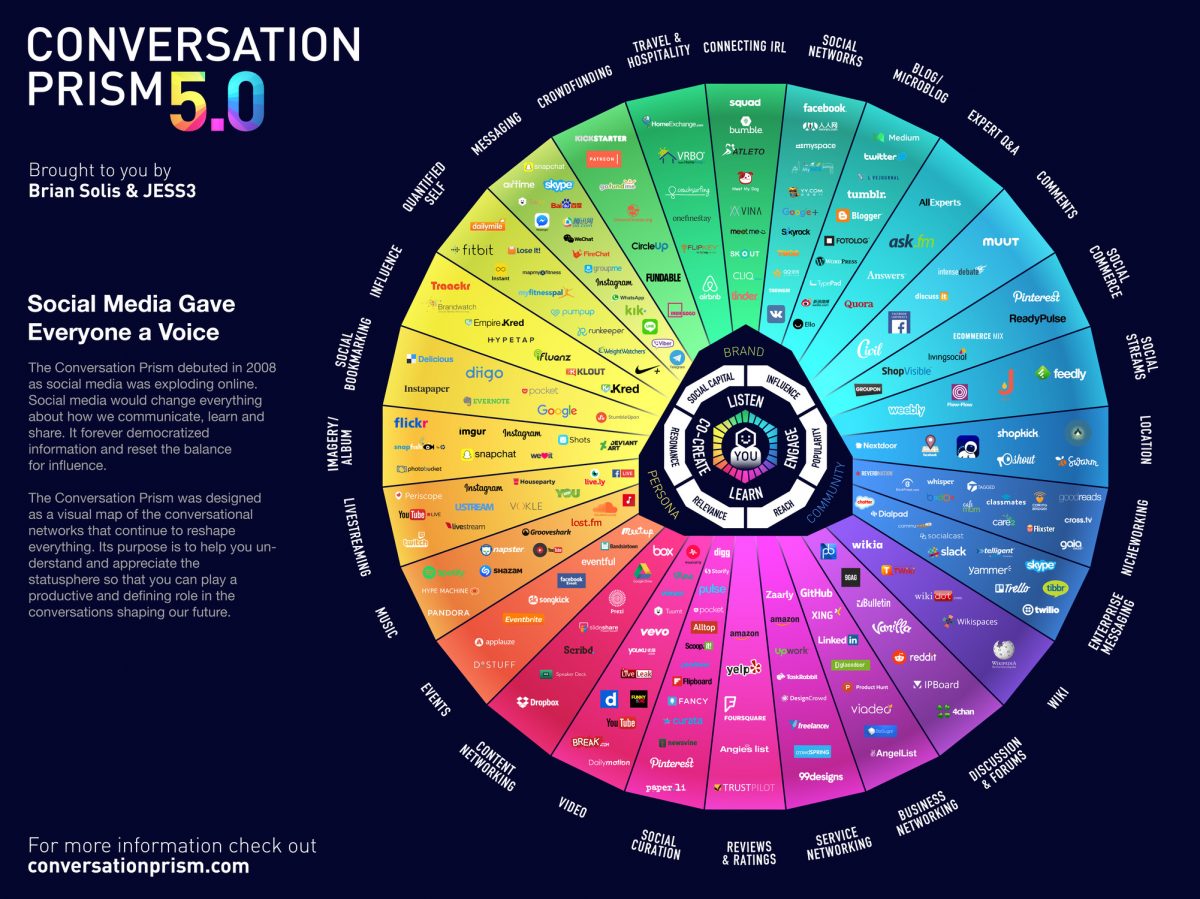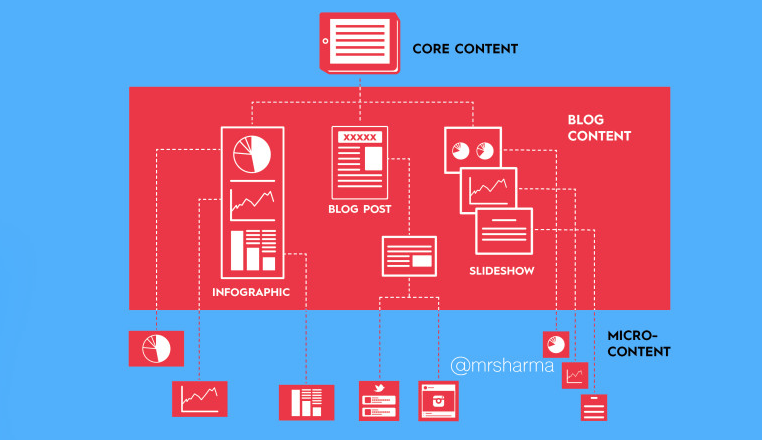
What’s Old is New Again: A Brief Guide to Repurposing
It’s no secret marketing and communications folks can often find themselves wearing a variety of hats throughout the average workday. When the school year launches into full swing, press releases, social media copy, blog content, tweets, and other writing-related tasks can start to feel like they’re colliding, rather than working together to benefit your institution. Simply put, it can get tough to break it all down and prioritize when there are so many different platforms to share your message.
But fear not—there are a few tips and tricks for streamlining the process and repurposing already-written content, starting with big copy-heavy pieces all the way down to microcontent.

Press releases vs. blogs
It seems press releases and blogs are typically not discussed in the same conversation these days. For some, the first sparks a debate about the state of the press release, while the latter — even in today’s digital era — can occasionally conjure up memories of flashy, brightly colored websites of the 90s associated to a flood of unreliable information.
However, both — while very different — are extremely valuable resources that carry a great deal of validity and relevance. But if they’re so different, how can these two pieces coexist in a single workflow without feeling like you’re starting from scratch each time?
Begin by using your long-form pieces to kick start other content
While press releases might not be the perfect start to a blog post, and vice versa, the stories that can benefit your institution often hide in the most unlikely places: a great student feature idea can sprout from the finer details of a press release.
So, keep a close eye on the events and activities student groups host on campus and within the community. Seek out individual students and learn about their passion and motivation in order to share their stories with a larger audience. More often than not, students and alumni alike are excited and willing to share what inspires them and why they’re proud to be part of the institution.
Turning long-form content into social media copy
After deciding what format to use to deliver your information, it’s time to generate some additional copy that will enhance your core content and make it shine on social media.
While many people recycle the first line or “hook” of the press release or blog due to time constraints, chances are, a portion of the first line will already be visible to users under the headline on Facebook or Twitter if your Twitter Cards are turned on.
Ultimately, your readers’ time is valuable, and more than likely, they won’t be keen on reading the same sentence three times.

- First, keep it short, sweet, and simple. When it comes to writing for the web or social media, you’re not being tasked with penning the next great American novel. Trade in the long, flowery prose for simple, everyday words. The quicker you can share the main idea of the post—without revealing all the details—the better. It’s important to give users a reason to want to learn more.
- Second, how does this content relate to your reader? Make it relevant and personal. Remember the days of high school English class when your teacher told you to never use “you” or “your” in writing? For web and social media purposes, it’s ok—and even encouraged—to break those rules.
- Last, know your social platform. What works well on Facebook for your institution probably won’t be quite right for Twitter. Ask yourself “What is the first thing the user on this platform would likely want to know about this press release/blog/announcement/article etc.?” It can often help inform what the main idea of the social media copy should be.
Shorter and sweeter: creating microcontent that works
Just when it seems you can’t tighten your sentences anymore, that’s when microcontent comes into play. Microcontent is short, 40-60 character content including titles, headlines, email subject lines, and more.
Nikhil Sharma does a great job of demonstrating the content funnel that leads to microcontent in the below graphic.

Use your headline not only to speak broadly about your piece, but also to inspire your audience to do something after reading. Grab their attention with a catchy headline that also provides them with valuable information about your message. Revisit the call to action in your core content, get to the root of what it is you want your audience to do next, and use that information to construct a compelling headline.
Finally, don’t forget to “keyword” your microcontent and optimize it for search engines. After establishing keywords and phrases, you can begin to experiment with creative, logical ways to incorporate them into your text.
From words to numbers
Finally, all this considered, be sure to dive into your analytics regularly. Just because there is research to back a topic doesn’t mean it will hold true at your institution. Explore different options, and don’t be afraid to experiment regularly.
Meet the Author: Michaela Jones
Michaela Jones is the Communications & Social Media Specialist at Northwest College, and a graduate of the Higher Ed Experts’ professional certificate program in Social Media and Web Writing for Higher Ed.
Tags: Higher Ed Marketing Memos, Higher Ed News